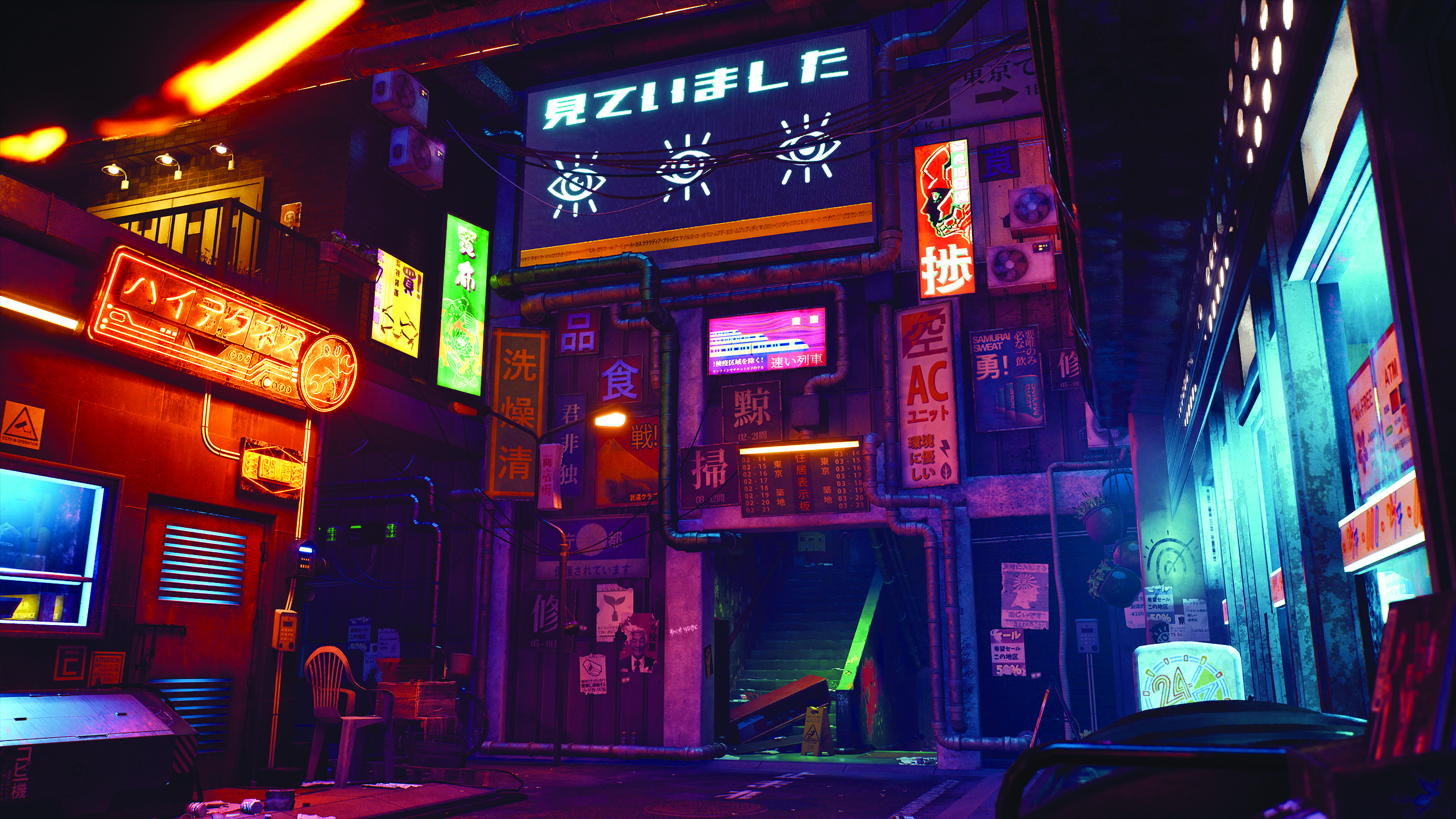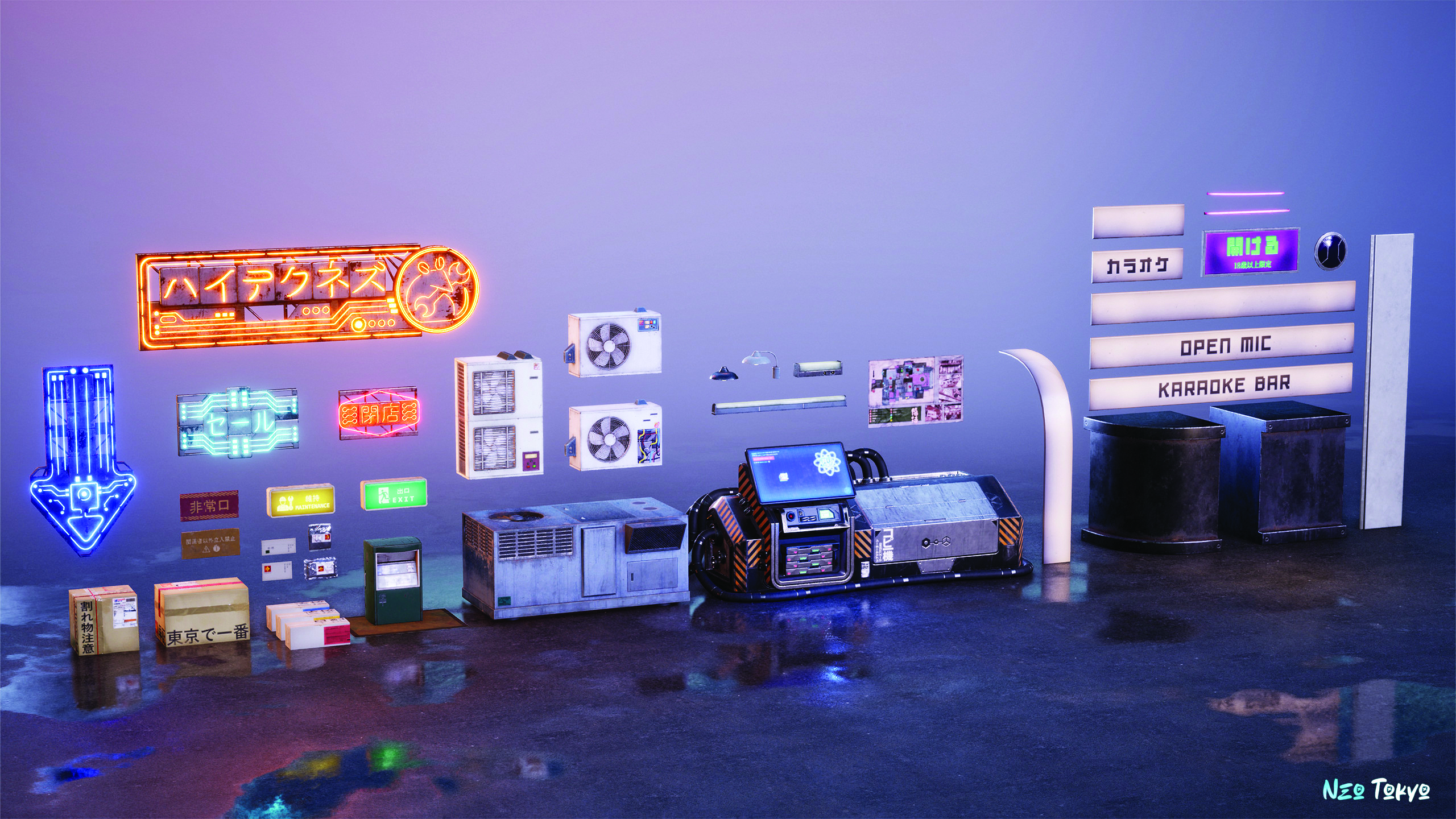
Within the 3D industry, there has been something of a revolution in modelling workflows. A change that has been driven by Adobe has resulted in quite a stir, with artists now choosing to use Substance 3D software throughout their entire mesh creation workflow as opposed to more traditional techniques. The results are truly incredible.
What is it?
Substance 3D Painter is one application within a package of tools that are designed to work with one another to create stunning 3D models. It’s one of the best in the business for texture painting and provides a real-time interface for applying textures to meshes. The interactive focus allows for a beautifully streamlined process where users can freely experiment with settings to garner desired results.
Now up to version 10.0, the latest iteration of Painter, drops with an incredible new Text Resource feature that enables users to create custom text quickly and dynamically on 3D models. It follows Substance’s intuitive workflow ethos with drag-and-drop functionality, making this feature an absolute breeze to use.

New features
A new Substance 3D Assets Window enables users to browse the assets library directly inside Painter. This library contains a ton of amazing assets including materials that are ready to go and will guarantee great results, oftentimes straight out of the box. This update makes it easier than ever to utilise these world-class assets
The tool couldn’t be any easier, yet that doesn’t negate its power. Setting up text on 3D models in traditional DCC apps requires a lot of back and forth with Photoshop, lining up results, and adjusting mapping coordinates. But now that’s all done away with thanks to this new resource.
The tool is also amazingly flexible, with the ability to simply drag a font onto a model, the layers stack, or a channel slot. Once the text has been projected, any edits are simply a matter of adjusting the parameters or projection settings. I particularly love the Auto feature, which ensures text automatically fits within the projection space.
As you’d expect from Adobe, working with custom fonts is beautifully streamlined too. Fonts within your primary fonts folder will be imported automatically, or you can set up links to other folders you have with fonts in.
Additionally, if you want to use a specific font, you can simply drag it straight from your file explorer and onto the mesh, layer stack, or assets panel. The process genuinely couldn’t be much simpler. 3D Painter also provides graphical feedback to help make sure that you drag things into the right locations.
While custom fonts could be used prior to the latest update, that required artists to embed their fonts inside an SBSAR file before being able to make use of them in Painter. This workflow also required Substance 3D Designer, as well as the knowledge of another package. All of that complexity is now, thankfully, stripped away and made every bit as simple as it should be.
Generally speaking, Painter isn’t the easiest software for artists to learn, but neither is it the hardest; with a little bit of work, you can start generating amazing designs. The Text Resource seems to buck this trend by being one of the easiest and most intuitive tools from the off.

User experience
Other changes to Painter are much less impressive, with the only other notable improvement the ability to import vector graphics in Adobe Illustrator’s AI format. This is a big step forward for not only vector workflows but also for cementing Painter into the broader ecosystem of Adobe products. A lot of this has been made possible with the existing SVG import functionality, but now it’s far more streamlined with Adobe Illustrator itself.
Laying out your assets across multiple artboards in Illustrator makes it perfectly straightforward to then utilise the required graphics over in Painter. Illustrator files can be dragged and dropped into either the 3D or 2D views and then manipulated as you require. This means that any changes carried out in Illustrator will automatically be updated in Painter without the need to export to a separate file. That’s about as seamless a process as it gets! I’m also a big fan of the ability to apply filters to any imported graphic, because it does so in a nondestructive manner.







